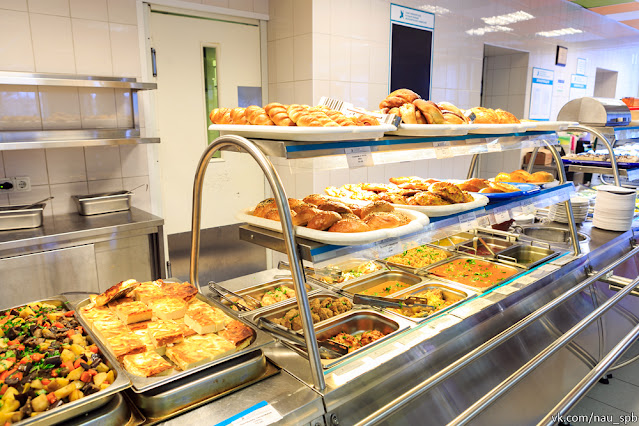Food Automation Enables Companies To Perform Various Activities In An Efficient Manner
 |
| Food Automation |
The use of Food Automation can improve profitability and efficiency of food companies. By reducing waste, operational costs, and product quality, companies can avoid fines and losses. Second, automated systems can help retool the entire industry. Third, they can improve the customer experience by reducing the number of product shortages. Automated equipment is more precise than humans. With multiple units producing the same product, each one will be of the same quality. This is a big advantage when it comes to quality control.
In addition, Food Automation can also improve safety and efficiency in food manufacturing and packaging operations. In the 1950s, people were largely responsible for most of the manufacturing process. A candy factory, for example, relied on employees to measure ingredients, pour them into a machine, run them through the machine, and check the finished product. The lack of automation left room for errors, and a mistake in the ingredients or candy could have disastrous consequences. Automation is a viable solution to these challenges, despite its high cost.
While robots are widely used for packaging, end-of-line product casing, and palletization, there is still considerable room for growth in primary processing stages. This includes operations on raw ingredients, as well as cooking, blending, chilling, and assembling. The current Food Automation trend has given rise to new robotic technologies capable of end-to-end automation of processed foods. By reducing worker presence, the risk of contamination is reduced. Ultimately, this can save both time and money.
Modern food processing facilities use an array of machinery, including automated ovens, cutting and forming machines, sortation equipment, mixers, blenders, and wrapping equipment. Some automated plants contain as many robots as automotive assembly lines. Increasing demand for packaged food and stringent food safety regulations have made automation a necessity in the food industry.



Comments
Post a Comment